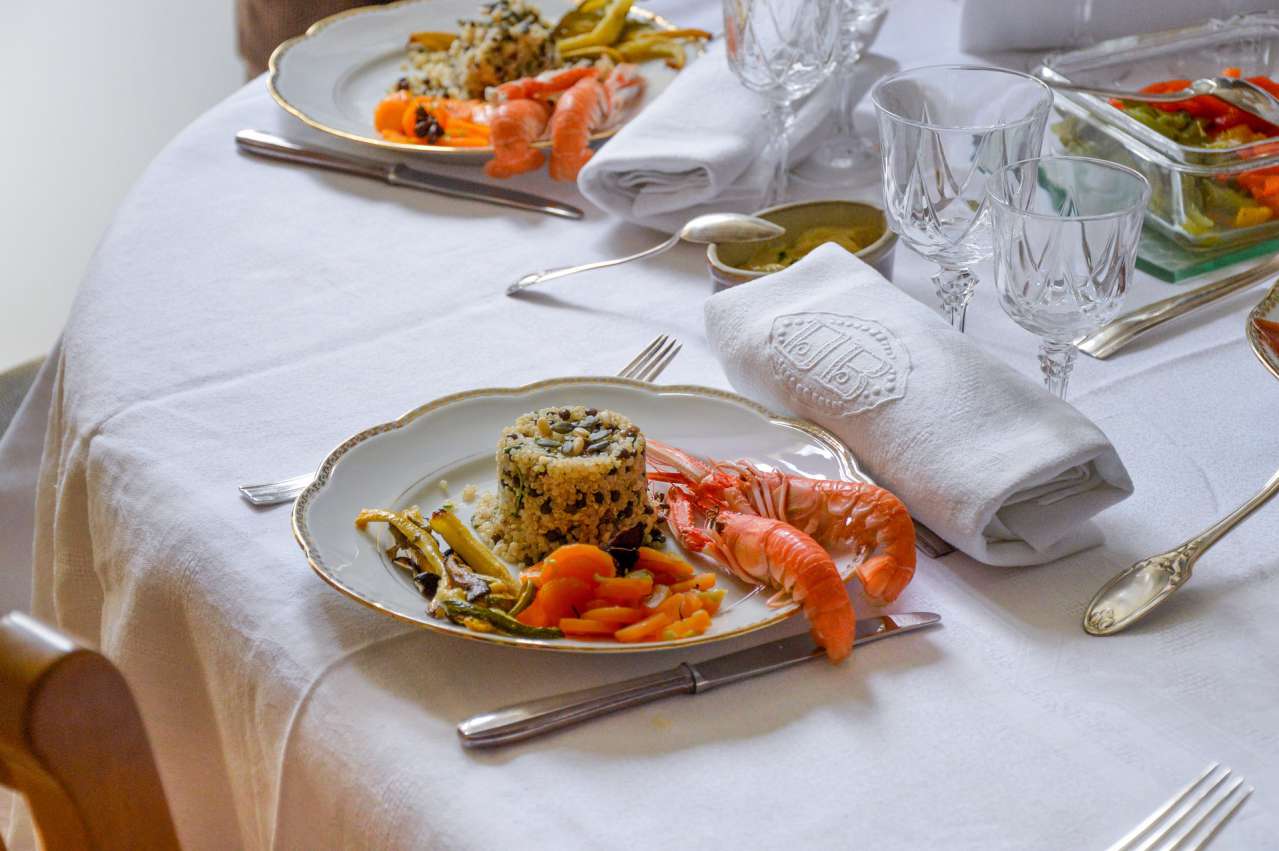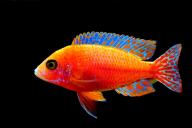The Argentine shrimp or langoustine belongs to the order of decapod crustaceans.
It received its name due to its main habitat - in the waters located near Argentina.
The red color of the shrimp is natural to it and does not appear as a result of cooking, as in other types of crustaceans.

What is the difference between langoustine and shrimp
The meat part of the langoustine is in the tail; it is not in the claws. The taste of this product is subtle, delicate, slightly sweet, without any hint of fish.
If you compare langoustines with shrimp, you will find several differences at once: langoustines have claws, but shrimp do not; langoustine meat tastes softer and sweeter; Langoustines are larger than shrimp.
What are the benefits of langoustine
The benefits of langoustine lie in the high content of vitamins B, A, C, PP and minerals: iron, phosphorus, potassium, calcium, sodium, magnesium, zinc, selenium, manganese, copper.
With regular consumption of langoustines, metabolism is normalized, bones are strengthened, and brain function is improved.
How to eat Langoustine correctly
The quality of seafood can be determined by its smell, or rather, by its absence. If there is no specific fishy smell coming from the bend between the tail and the shell, this is an indicator of the freshness and high quality of the frozen langoustine.
Only part of the abdomen and tail of this crustacean are used for food. Lobster meat is combined with a variety of sauces and seasoned with basil.
The delicacy is served as a separate dish or with a side dish of legumes, boiled rice and vegetable salads.
Seafood goes well with lettuce, arugula, and basil. Vegetables include avocado, aromatic tomatoes, juicy onions - onions or red, baked potatoes.













